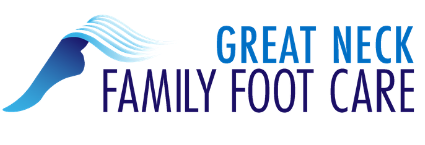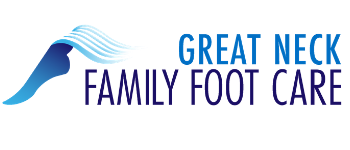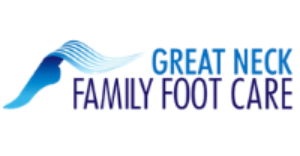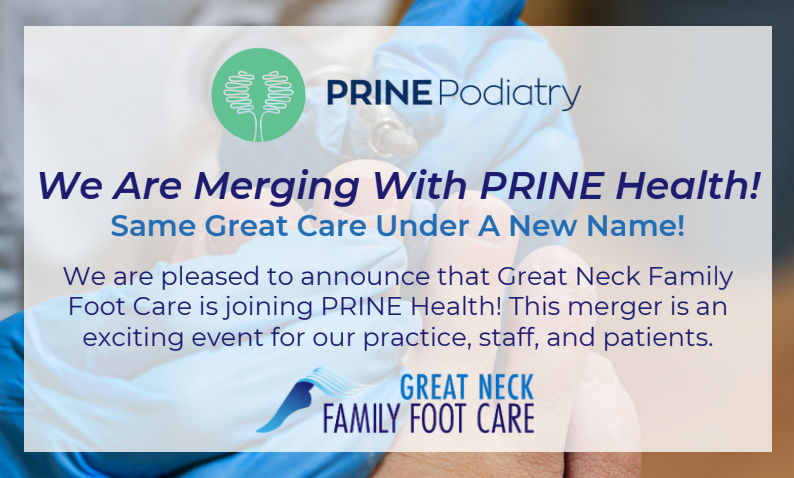13 Jan Living With A Bunion
Although a person with a bunion may consider it unsightly, a medical professional might advise against surgery. For those who forego bunion surgery, to enjoy an active lifestyle, you may need to make some adjustments to minimize discomfort. What’s it like to live with a bunion?
Indulge: A bit of warm-soak therapy, ice (for about 15-20 minutes) or whirlpool massage are all soothing ways to experience relief after a long, hard day of bunions being encased in footwear while working on your feet. Indulge yourself a bit.
Footwear: Speaking of footwear, it may be time for a wardrobe overhaul.
- What’s out: narrow, pointy toes; stilettos; stiff, inflexible materials.
- What’s in: sandals; wide toe areas; sensible, lower heels; soft materials.
OTC Extras: There are a variety of over-the-counter items that are useful to those living with a bunion:
- Stock up on moleskins that are specifically designed to protect bunions.
- It is also helpful to use gel pad inserts designed to cushion the ball of the foot. The joint at the base of the big toe where a bunion is located bears much of the load of body weight while walking. Gel pads designed for the ball of the foot can help to alleviate discomfort.
- Orthotic shoe inserts can also help to keep a foot in better form, especially if you suffer from low arches. Low arches often contribute to the development of bunions or aggravating an existing one. This type of foot structure is called hyper-pronation. What happens with a proverbial “flat foot” is that body weight is distributed incorrectly. This affects the development of muscles that stabilize the joint of the big toe. If you have low or fallen arches, a corrective orthotic shoe insert can help to correct this problem and reduce bunion discomfort.
- Shoe stretchers are a useful tool when living with bunions. Shoes constructed of soft materials can be reshaped so that the area around the big toe joint is roomier. Less pressure means less pain.
Personal hygiene may involve footcare that pays special attention to callouses that develop on the ball of the foot, a common complication when living with a bunion. Using a pumice stone after bathing can help resolve callous problems. - OTC pain relievers can offer relief for temporary flare-ups of pain as long as you’re physician clears you to take them.
Weight Control: Feet can feel the force of up to 120% of a person’s body weight. The level of pain experienced living with a bunion can be significantly affected by body weight. It is important to maintain a healthy weight. If you need to lose a few pounds, the possibility of living with less bunion pain may inspire you.
Professional Advice: Living with a bunion doesn’t mean that you no longer need to seek the advice of a physician. For one thing, a foot specialist can advise you on methods to ease discomfort that should be monitored by a medical professional, such as the use of a splint that aligns the big toe properly. These devices are usually worn during sleep cycles. Since bunions do not cure themselves, it is also important to have a bunion routinely examined by a physician to see if it is progressing.
If Things Get Worse: What happens if your doctor does tell you that your bunion has progressed to the “next level”? That doesn’t automatically mean surgery either. Many physicians may recommend conservative treatments before advising a bunionectomy. A physician may prescribe cortisone injections or therapies like ultrasound to reduce inflammation of the big toe joint. Keep in mind that such therapies are not a cure, however.
Don’t avoid consulting with your physician about a painful bunion out of fear of a surgery recommendation. Many patients live successfully with bunions, managing discomfort with lifestyle adjustments and doctor prescribed therapies. Please contact us and get started with a bunion pain relief program for better living.





Sorry, the comment form is closed at this time.